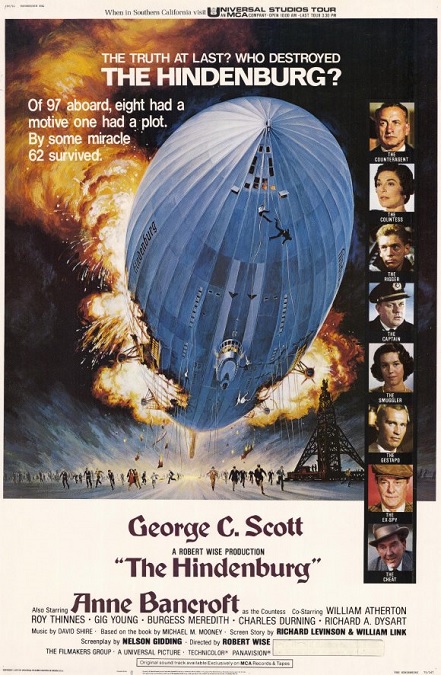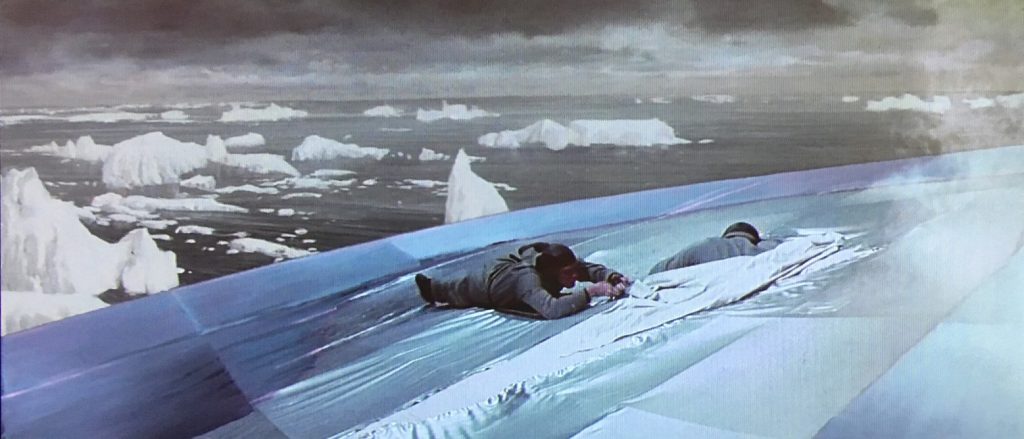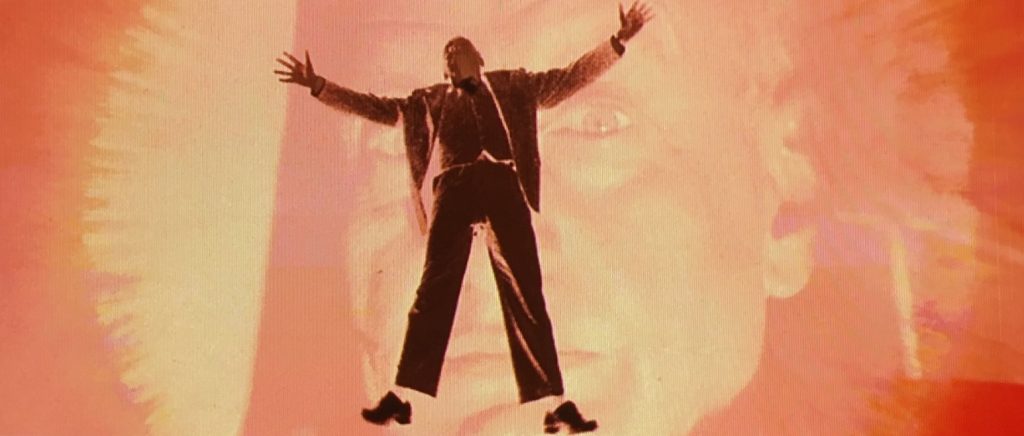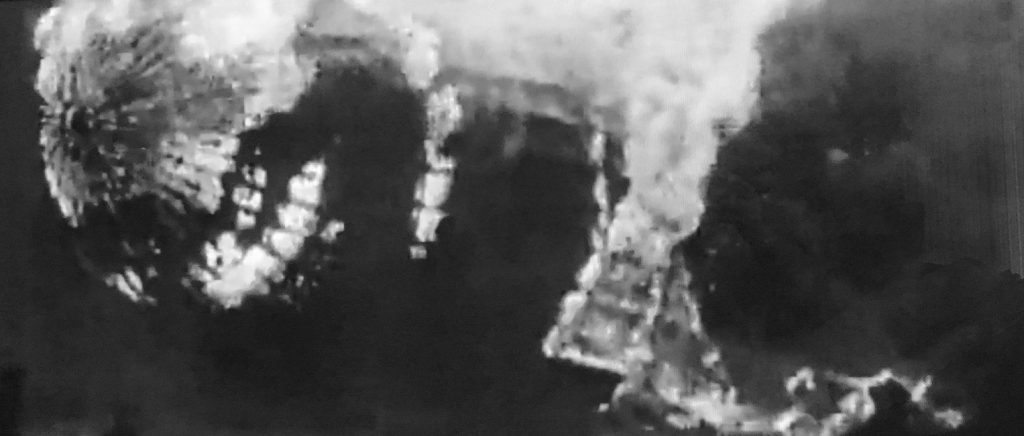



The Hindenburg – 1974 (WINNER)

This was a good movie that continues in the disaster film genre which included other Best Special Effects nominees like The Poseidon Adventure, and Earthquake. Once again, it was the only film nominated for the award, making the Oscar a give-away. So what was it that earned the special effects team their gold statues? It was a number of different effects. There were some really great composited effects that helped to beautifully display the scale of the massive air ship. There were some really nice scale models, and a few minor stunts.
But the really great effects, the reason why we all came to see the film, was the movie’s climax in which the Hindenburg was destroyed, because about a third of the entire sequence displayed no special effects at all. It was real. It was real footage taken of the tragic event. On May 6, 1937, there was a crowd of spectators and a camera crew present to film the Zeppelin’s arrival. When it burst into flames, it was actually caught on film.
It is important to note that cause of the tragedy was never fully explained. There are many theories as to what actually happened, only one of which is sabotage. So a completely fictional spy story was written around the historical event. According to the plot, a bomb is smuggled on board. Director Robert Wise was very clever in how he made his movie. When the bomb goes off, the color image is turned to black and white to match the actual footage filmed in 1937. The real footage was seamlessly cut and spliced into new footage created for the movie. So, in that respect, a lot of what looked like special effects was absolutely the real thing.
The actual newsreel footage had some very specific details that needed to be recreated to make the sequence fit together believably and I thought they did a pretty good job. The burning helium and the visible structural framework of the Hindenburg were recreated in wonderful detail. As the actors made their ways through the burning wreckage, it was not always easy to tell where the manufactured footage ended and the real footage began. Very well done!
And there was more than that. There were shots at the beginning of the movie that showed the massive interior of the Hindenburg. These were meticulously detailed matte-painted images that looked incredible. And there was a great sequence in which a man has to go out onto one of the tail fins of the vessel while it is flying over a patch of icebergs in the Atlantic. And there were even some wonderful wide shots of the Zeppelin simply floating through the air against a serene sunset backdrop, displaying its true beauty and majesty.
The effects, though they were few, they were mighty. They were done quite well, and they gave us things we had never seen before, at least not so effectively. I also have to give a shout out to the movie’s incredibly detailed production design which enhanced the illusion of reality. The special effects would not have looked as good if Weise hadn’t recreated all the sets so precisely, exactly mirroring reality.